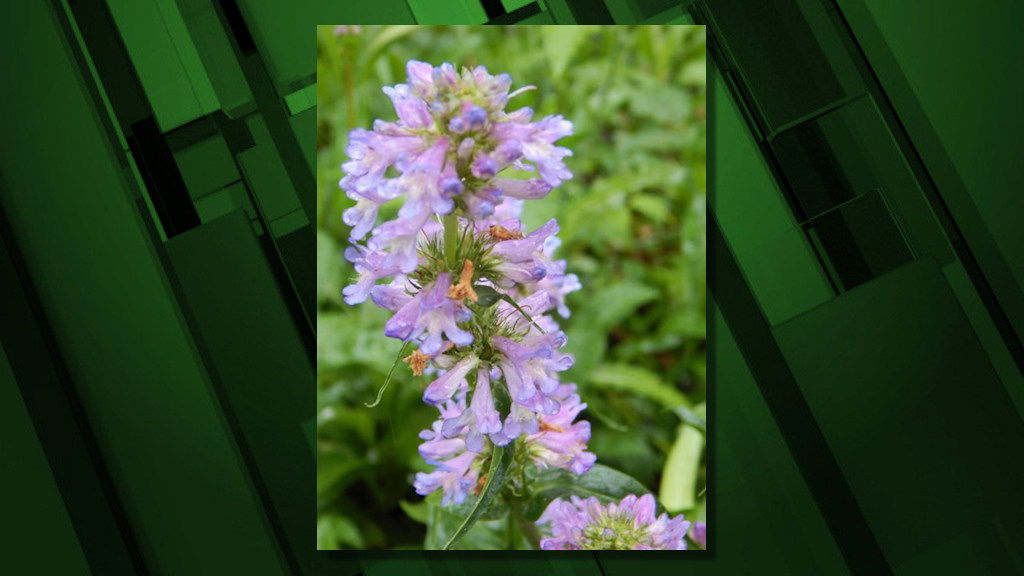Environmental group plans to sue feds in bid to protect rare Oregon wildflower

PORTLAND, Ore. (KTVZ) — The Center for Biological Diversity filed a formal notice Tuesday of its intent to sue the U.S. Fish and Wildlife Service to force it to respond to a petition to protect a plant called the tall western penstemon under the Endangered Species Act.
The species is one of the rarest vascular plants in the Pacific Northwest and is threatened by development, habitat degradation, climate change and competition from non-native species, according to the group, whose news release continues in full below:
The tall western penstemon (Penstemon hesperius) lives today in just five known populations, narrowly distributed from southwestern Washington to northwestern Oregon. The species is part of a genus of plants commonly known as “beardtongues.” Its vivid purple-blue flowers, perched high atop its unusually long stems, make the tall western penstemon a distinctive and beautiful presence in the region’s rare, ecologically intact wet prairies.
“The tall western penstemon is one of the rarest plants in the Pacific Northwest, and we’re so lucky to be able to see some of the remaining individuals in our urban refuges,” said Quinn Read, the center’s Oregon policy director. “It’s time for the Fish and Wildlife Service to stop dragging its heels and give this beautiful flower the protection it deserves.”
The species’ historic wetland habitat was almost completely lost or severely degraded due to extensive agricultural and urban development throughout the Portland-Vancouver metro area. It was presumed extinct until 2008, when local botanists rediscovered the species on the Tualatin River National Wildlife Refuge.
Since its rediscovery in 2008, the tall western penstemon has been observed in the metro area on both sides of the Columbia River. Today this rare plant remains threatened throughout its range by ongoing urban and suburban development.
The tall western penstemon is designated as endangered in Washington by the Washington Natural Heritage Program; in Oregon the plant is categorized as threatened with extinction throughout its range by the Oregon Biodiversity Information Center. But these designations do not confer any formal legal protection.
The Center for Biological Diversity is a national, nonprofit conservation organization with more than 1.7 million members and online activists dedicated to the protection of endangered species and wild places.